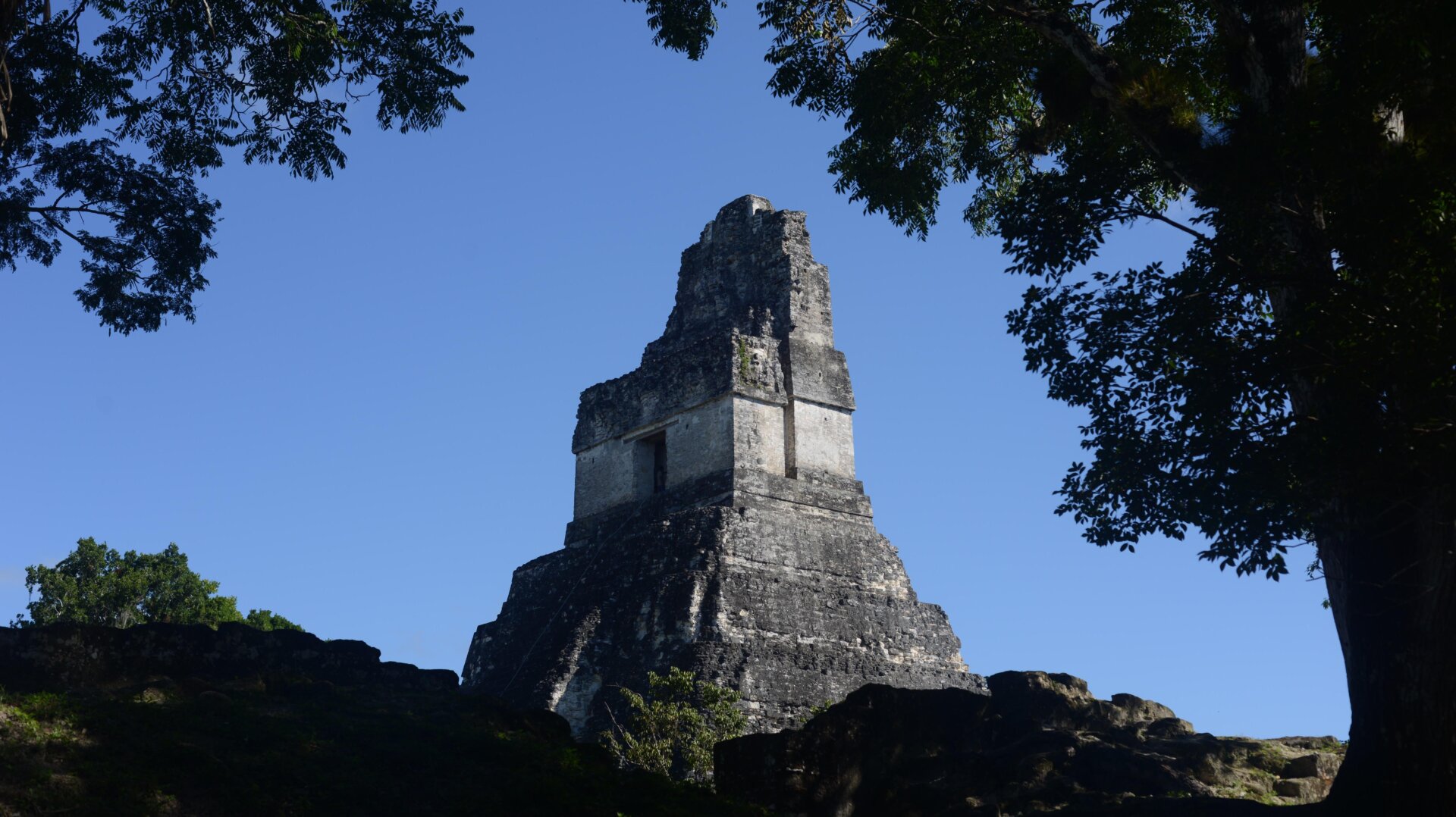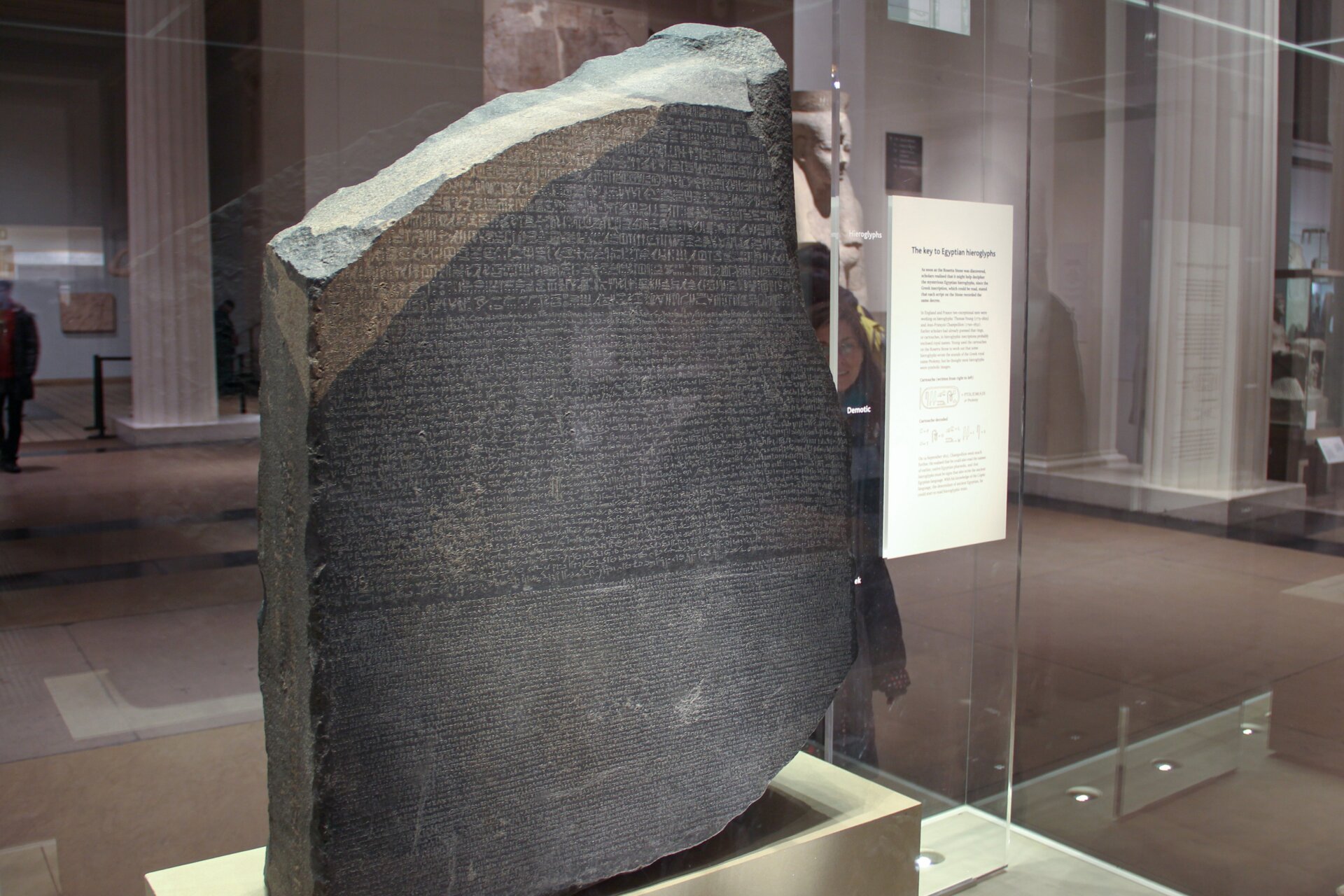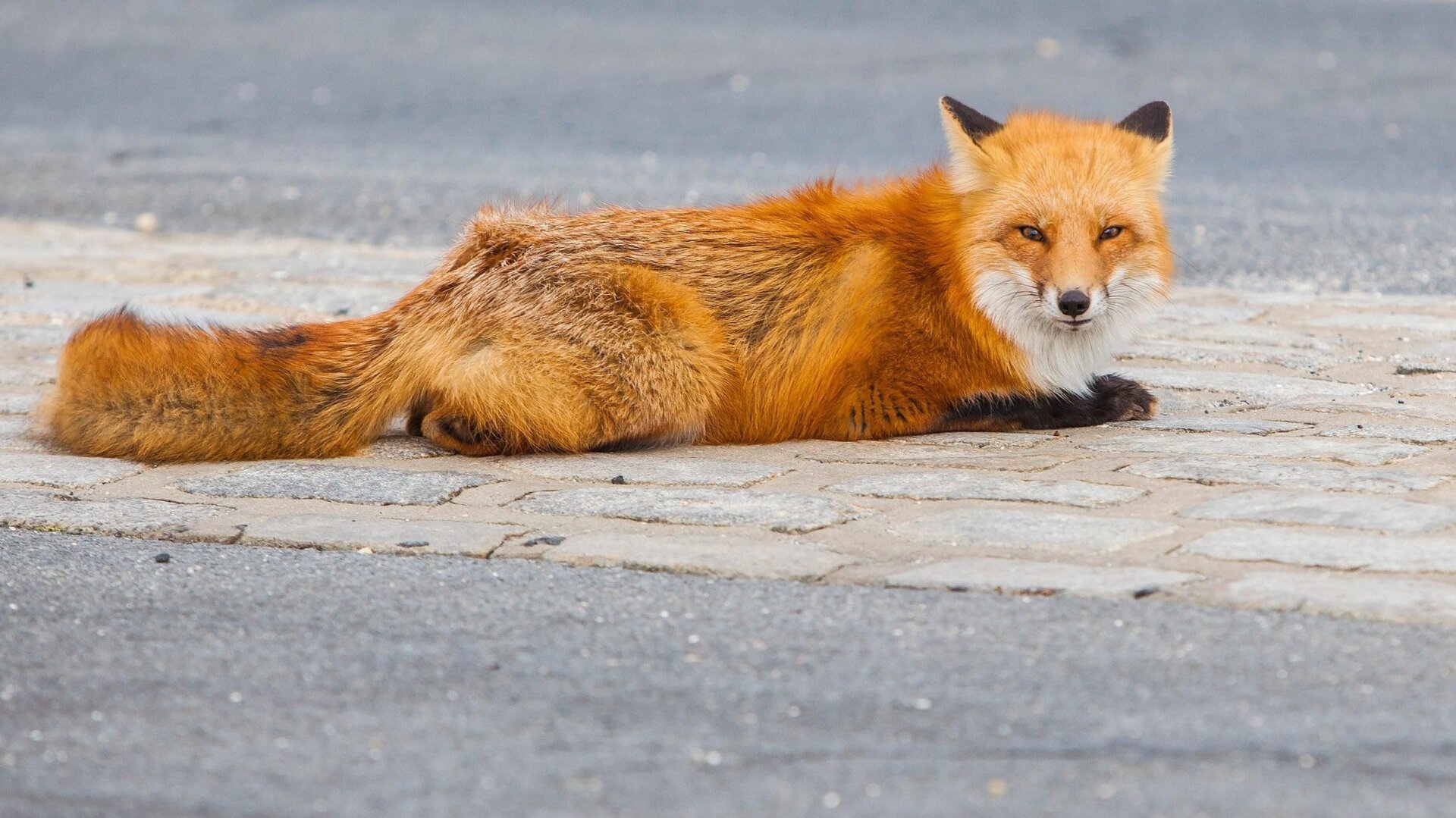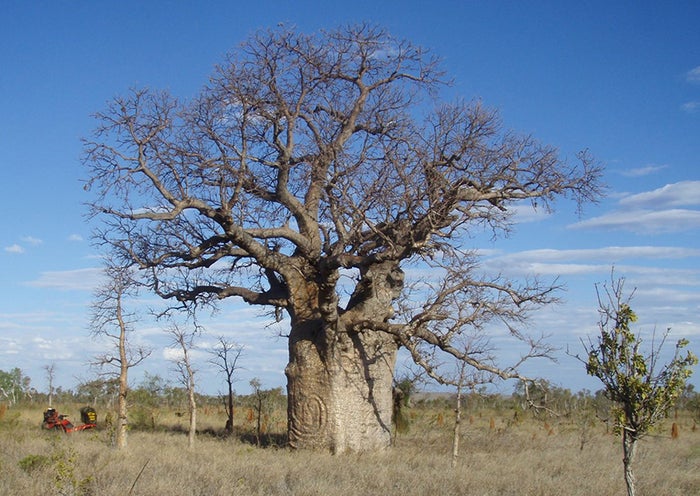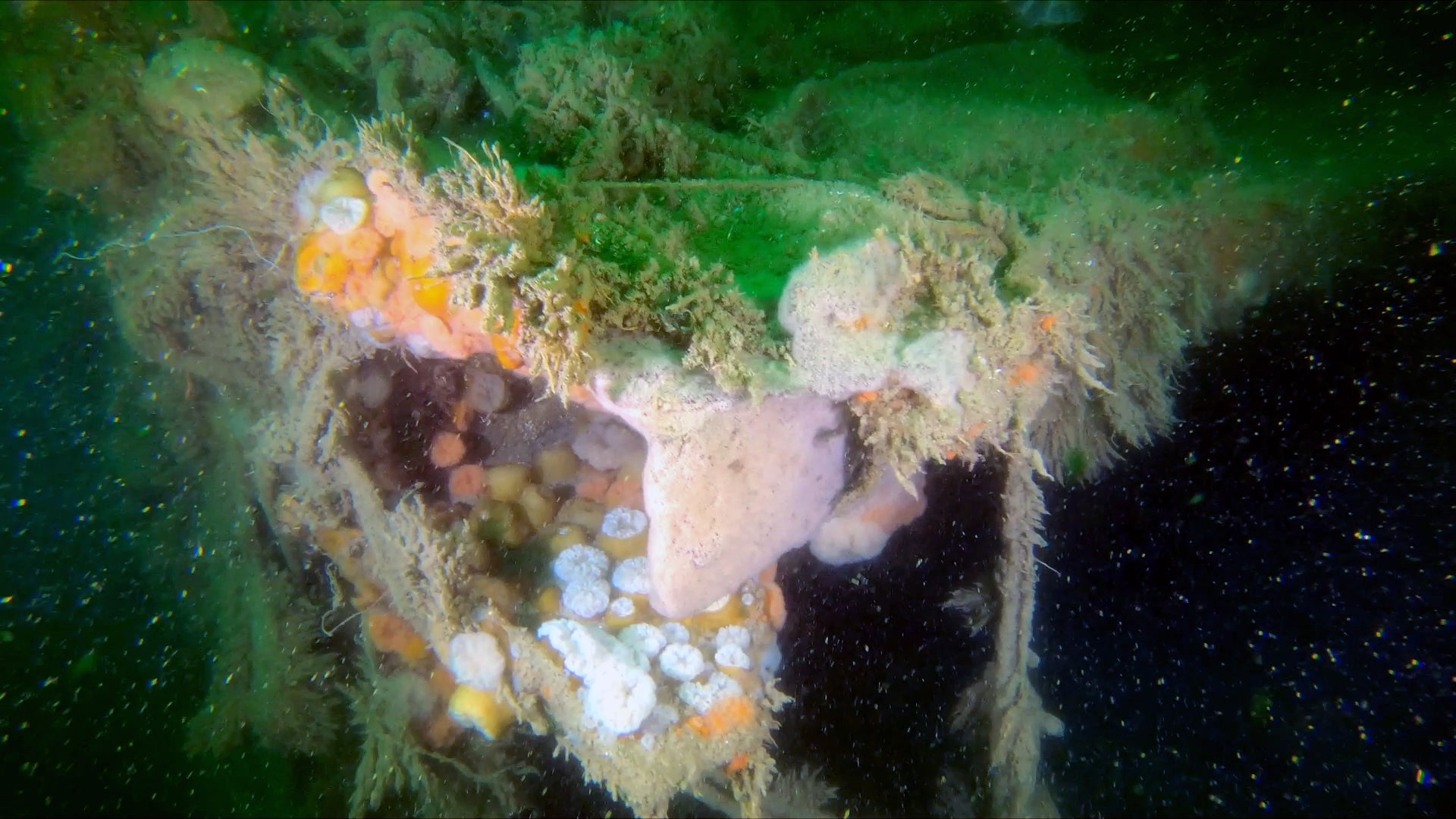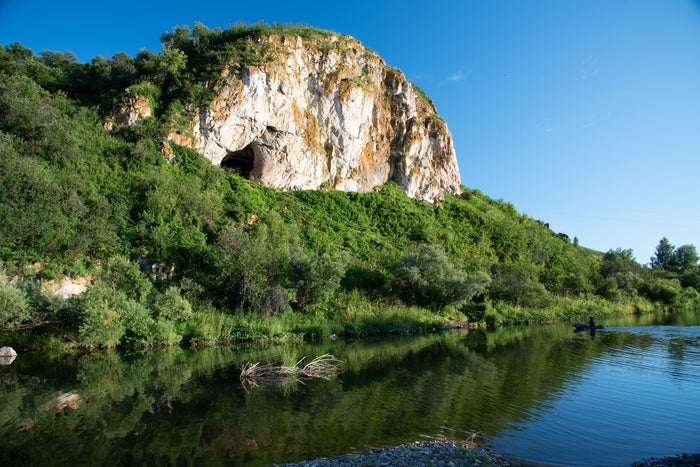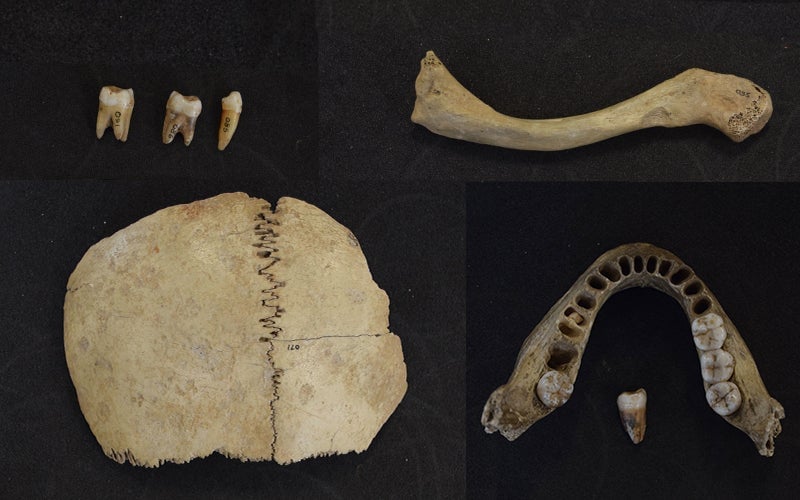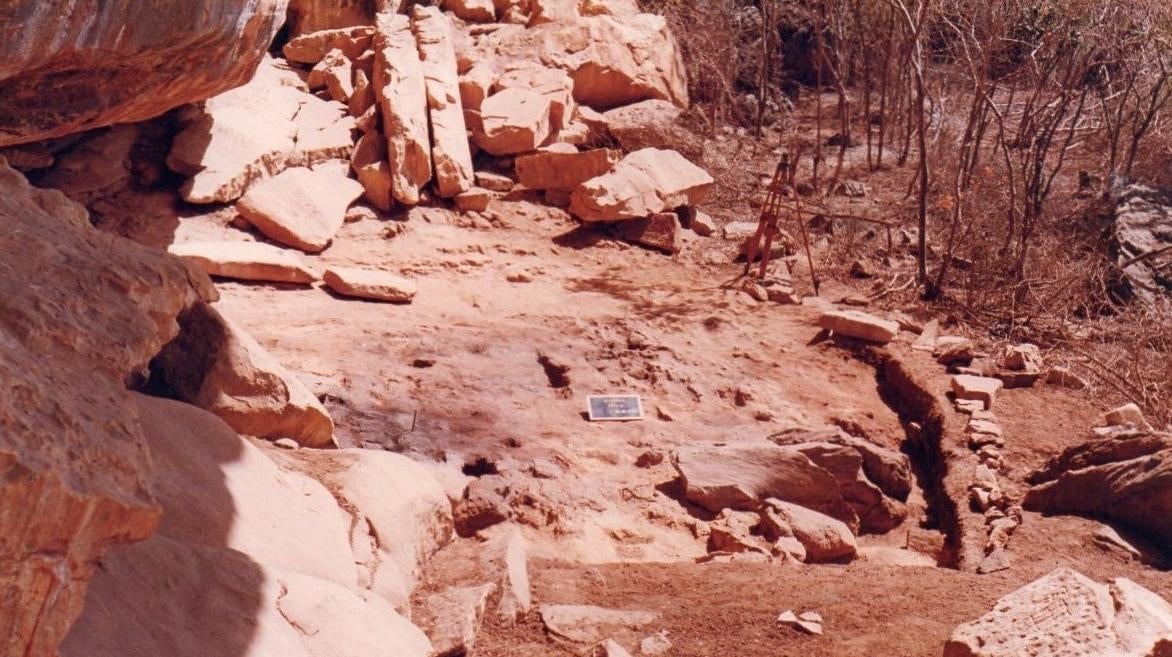The ancient Maya civilization, known for its impressive cities like Tikal and Cerén, faced significant mercury pollution, according to recent soil analysis. This exposure posed health risks to the Maya population and may still endanger archaeologists today. The study, published in Frontiers in Environmental Science, reveals that mercury likely contaminated the soil through everyday practices such as painting houses and ceramics.
Cinnabar, a mercury-containing mineral, played a significant role in Maya culture. It was considered sacred, containing ch’ulel, or soul force, according to study co-author Nicholas Dunning, a geoarchaeologist at the University of Cincinnati. This sacred status led to its widespread use in decoration, further contributing to mercury contamination. The Maya weren’t alone in their use of cinnabar. Analysis of a 1,000-year-old Sicán burial mask revealed traces of the substance alongside blood, highlighting its symbolic importance in Mesoamerican cultures. Even earlier, the Neolithic inhabitants of Çatalhöyük in Turkey utilized cinnabar as a pigment in burial rituals.
Mercury Contamination Across Maya Sites
The Maya used cinnabar as both paint and powder on walls and pottery, leading to mercury leaching into the surrounding soil and water. Further research is needed to determine the extent of mercury contamination in human remains. According to Dunning, this research is complicated by the Maya practice of sprinkling cinnabar powder on the deceased, potentially affecting skeletal remains.
Previous research by Dunning’s team found mercury in Tikal’s ancient drinking water reservoirs. This new study expands on those findings by analyzing mercury levels at Maya sites across Guatemala, Belize, El Salvador, Honduras, and Mexico. “Discovering mercury buried deep in soils and sediments in ancient Maya cities is difficult to explain, until we begin to consider the archaeology of the region which tells us that the Maya were using mercury for centuries,” explained Duncan Cook, a geographer at the Australian Catholic University and study co-author.
The Source of Cinnabar and High Concentrations at Tikal
The origin of the Maya’s cinnabar remains uncertain. Given the distance of many Maya sites from geological mercury sources, the element likely reached them through extensive Mesoamerican trade routes.
The highest mercury concentrations were found at Tikal, a major Maya site in Guatemala. Some soil samples revealed levels reaching 17.16 parts per million, significantly exceeding the 1 part per million considered toxic to humans.
Protecting Archaeologists and Future Research
Given these findings, the researchers recommend increased protective measures for archaeologists working at sites with high mercury concentrations. Understanding how the Maya acquired their toxic decorations is crucial, but not at the expense of researchers’ health.
Conclusion
The widespread mercury contamination in ancient Maya cities underscores the unintended consequences of cultural practices. While cinnabar held symbolic and practical value for the Maya, its use led to significant environmental pollution with lasting health implications. Further research is necessary to fully understand the impact of this contamination on both the ancient Maya and modern-day archaeologists.



